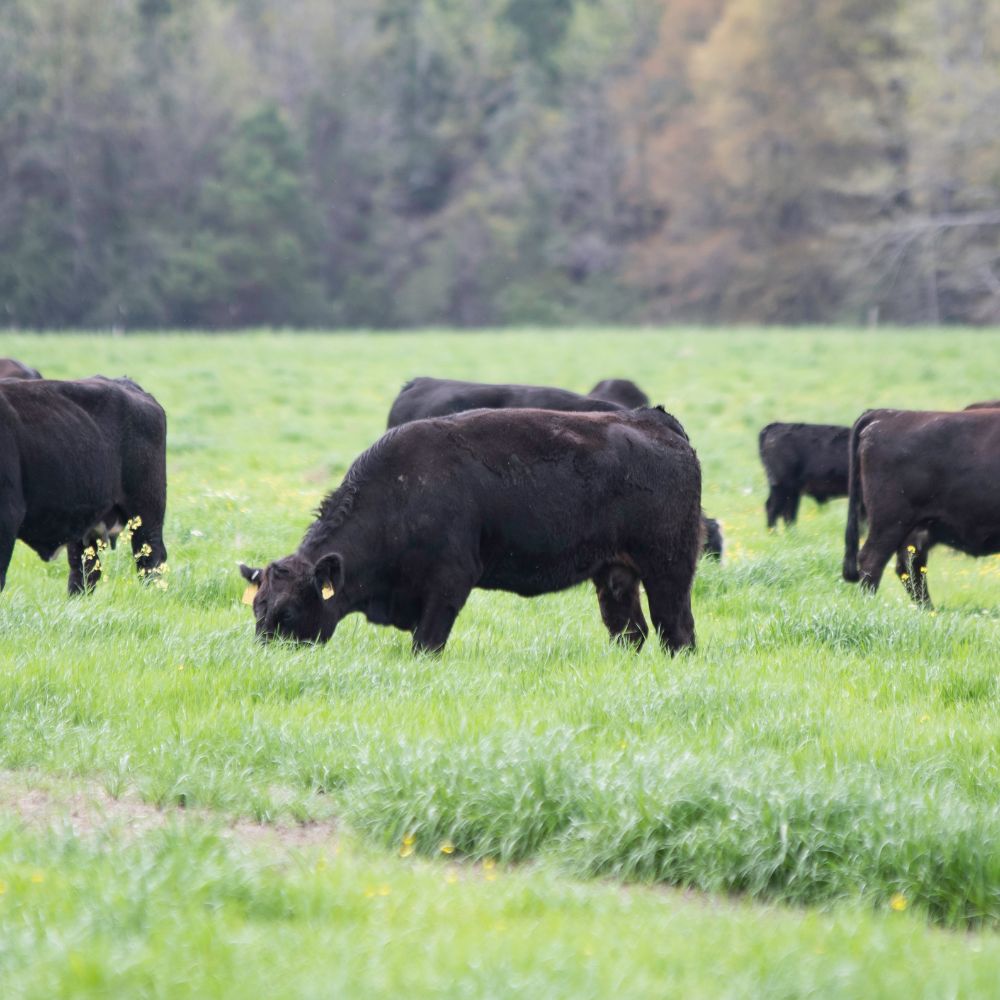Navigating Company Risks with Bagley Risk Management
Navigating Company Risks with Bagley Risk Management
Blog Article
Trick Factors to Think About When Deciding On Livestock Risk Protection (LRP) Insurance
When examining choices for Livestock Danger Security (LRP) insurance coverage, several crucial aspects necessitate careful factor to consider to guarantee reliable risk monitoring in the farming sector. Choosing the ideal coverage options customized to your certain animals procedure is extremely important, as is recognizing how premium expenses associate with the degree of defense offered.
Coverage Options
When taking into consideration Animals Risk Defense (LRP) insurance coverage, it is important to understand the various protection options available to mitigate risks in the agricultural sector. Livestock Risk Security (LRP) insurance offers different insurance coverage choices customized to satisfy the diverse requirements of livestock manufacturers.
An additional crucial insurance coverage option is the recommendation duration, which identifies the length of time the insurance coverage is in effect. Producers can pick the endorsement period that finest suits their manufacturing cycle and market conditions. Furthermore, insurance coverage degrees and rates vary based upon the kind of livestock being insured, offering manufacturers the versatility to personalize their insurance coverage plans according to their specific demands.
Recognizing the different protection options readily available under Livestock Risk Protection (LRP) insurance policy is vital for producers to make informed decisions that effectively safeguard their livestock operations from market unpredictabilities.
Costs Expenses

Livestock Threat Defense (LRP) insurance gives crucial coverage choices tailored to reduce threats in the farming sector, with a considerable aspect to consider being the estimation and framework of premium prices. These consist of the type and number of livestock being guaranteed, the insurance coverage level selected, the existing market prices, historic price data, and the size of the insurance coverage duration.
Insurance firms analyze historical information on livestock prices and production expenses to determine a suitable premium that shows the degree of threat entailed. It is vital for animals producers to carefully review premium expenses and insurance coverage alternatives to ensure they are appropriately shielded against potential monetary losses due to negative market problems or unexpected occasions.
Eligible Livestock
The determination of qualified livestock for Animals Risk Protection (LRP) insurance coverage involves careful factor to consider of details requirements and characteristics. Livestock types that are generally qualified for LRP insurance policy consist of feeder cattle, fed lambs, swine, and cattle. These pets should fulfill particular credentials associated with weight ranges, age, and meant usage. In addition, the eligibility of animals might vary based upon the specific insurance coverage company and the terms of the policy.
Feeder livestock, for example, are commonly qualified for LRP insurance coverage if they fall within specified weight arrays. Fed livestock may likewise be qualified, but they need to satisfy particular weight and high quality grade requirements. Swine eligible for insurance coverage usually include market weight animals meant special info for slaughter. Lambs are one more classification of livestock that can be thought about for LRP insurance, with elements such as weight and age playing a critical role in establishing their qualification.
Before selecting LRP insurance for animals, producers need to carefully evaluate the qualification criteria laid out by the insurance company to ensure their pets meet the necessary requirements for coverage.
Policy Flexibility
Plan adaptability in Livestock Threat Security (LRP) insurance policy permits producers to customize protection to suit their specific requirements and run the risk of monitoring approaches. This versatility encourages livestock manufacturers to customize their insurance policy policies based on variables such as the type of livestock they possess, market problems, and private danger resistance levels. By supplying adjustable alternatives, LRP insurance makes it possible for manufacturers to effectively handle their risk direct exposure while securing their animals operations against unanticipated market volatility.
Insurance Claims Process
Upon experiencing a loss or damage, manufacturers can start the claims process for their Animals Danger Security (LRP) insurance coverage by without delay contacting their insurance coverage copyright. It is crucial for producers to report the loss immediately to quicken the insurance claims procedure. When connecting to the insurance policy service provider, manufacturers will certainly require to give comprehensive info regarding the incident, including the date, nature of the loss, and any kind of pertinent documentation such as vet documents or market value.
.png)
After the assessment is total, the insurance policy provider will certainly internet choose relating to the case and communicate the end result to the manufacturer. The manufacturer will receive payment according to the terms of their Livestock Risk Defense (LRP) insurance coverage plan if the case is accepted. It is necessary for producers to be acquainted with the insurance claims procedure to guarantee a smooth experience in case of a loss

Verdict
Finally, when choosing Animals Danger Security (LRP) insurance, it is vital to think about insurance coverage choices, premium costs, eligible livestock, plan versatility, and the claims process. These vital factors will help ensure that farmers and ranchers are effectively shielded versus potential threats and losses associated with their livestock procedures. Making an informed decision based on these factors to consider can eventually result in far better monetary protection and peace of mind for animals manufacturers.
Livestock Danger Defense (LRP) insurance policy supplies various insurance coverage choices tailored to fulfill the diverse needs of livestock producers.The resolution of eligible animals for Animals Danger Security (LRP) insurance policy protection includes cautious factor to consider of particular criteria and qualities.Policy adaptability in Livestock Threat Protection (LRP) insurance coverage permits producers to Related Site customize coverage to match their certain demands and take the chance of monitoring strategies.Upon experiencing a loss or damage, producers can start the cases process for their Livestock Threat Defense (LRP) insurance policy by without delay contacting their insurance supplier.In conclusion, when choosing Animals Threat Protection (LRP) insurance, it is important to take into consideration protection options, premium prices, eligible livestock, policy flexibility, and the claims procedure.
Report this page